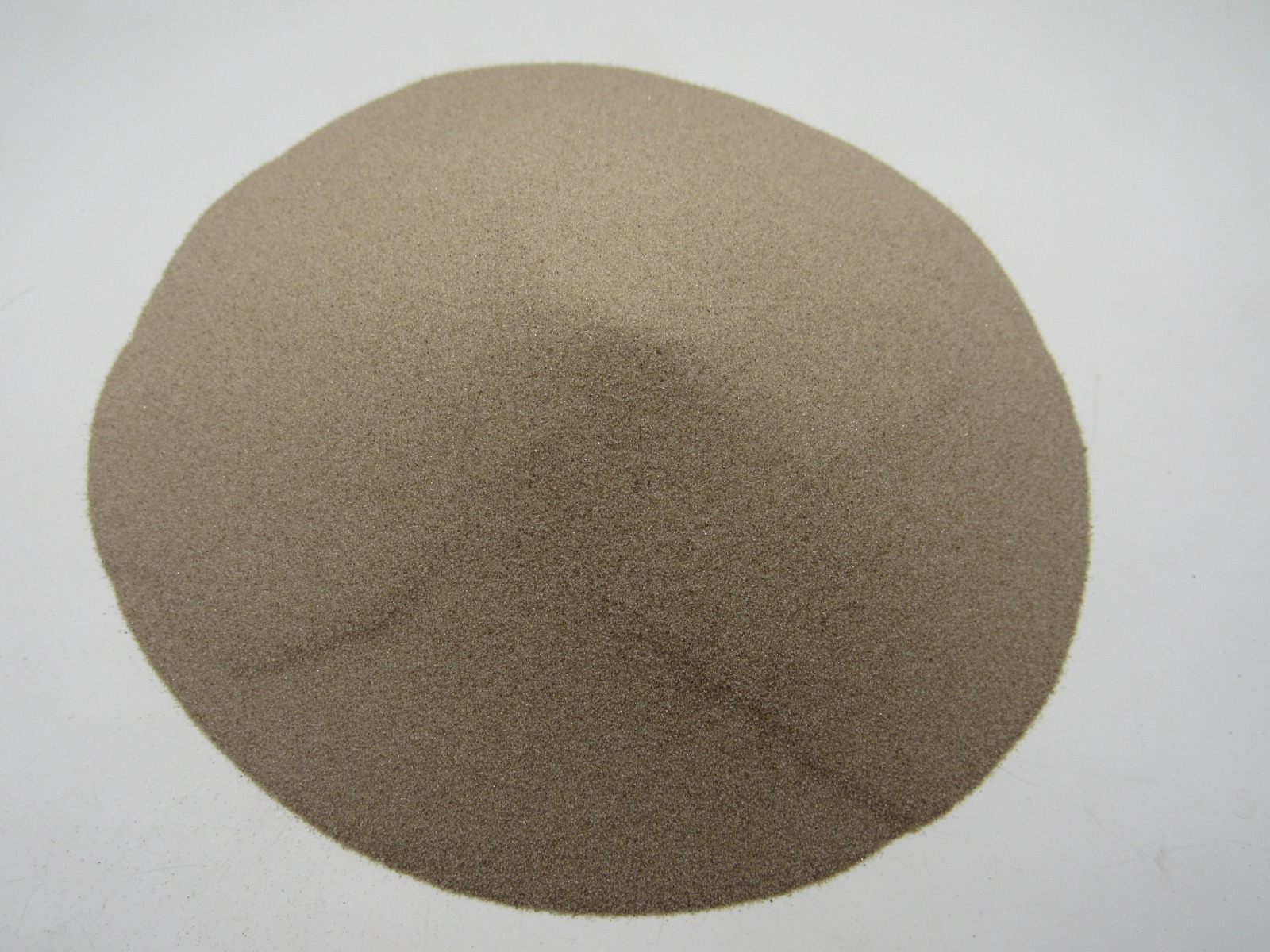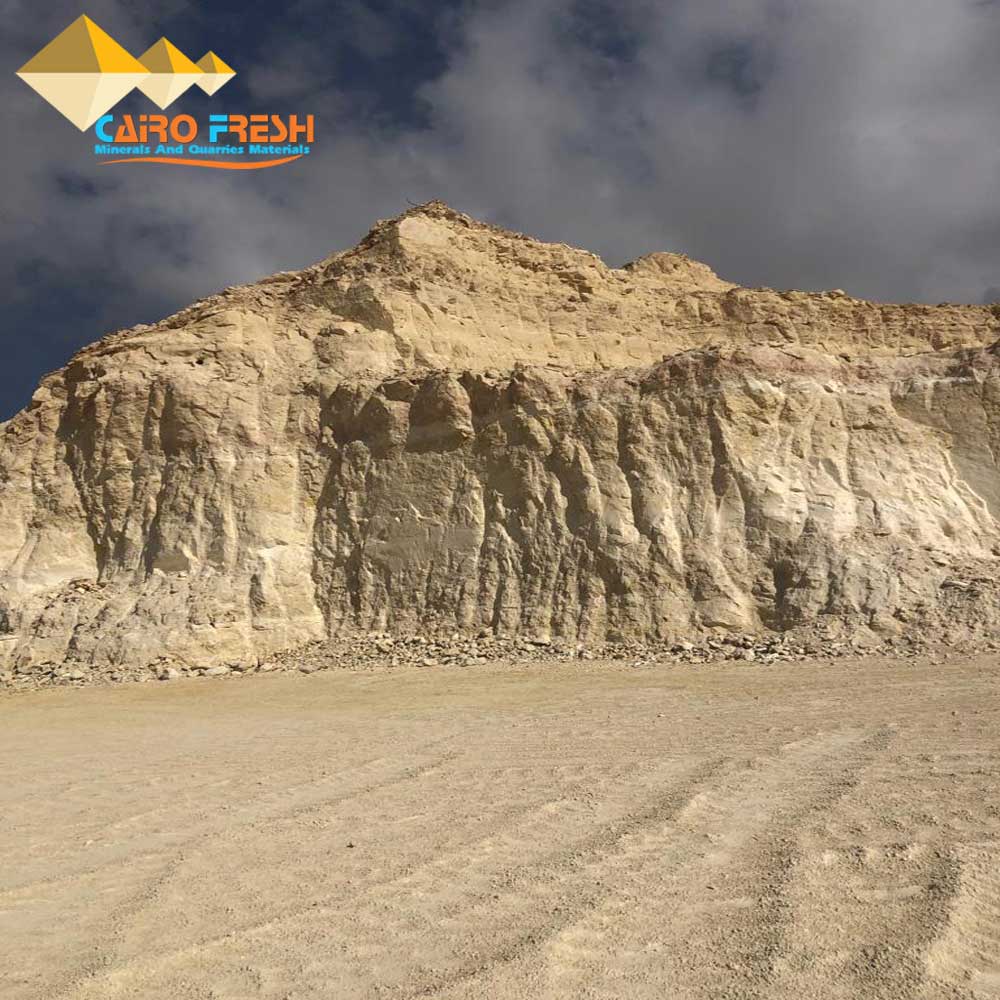Portland cement 42.5 N is a type of ordinary Portland cement (OPC) that is commonly used in construction. It is characterized by its high strength and durability, making it suitable for a variety of applications, including:
- General construction: Portland cement 42.5 N is a versatile cement that can be used for a wide range of applications, including foundations, walls, slabs, and pavements.
- Reinforced concrete: Portland cement 42.5 N is often used in reinforced concrete structures, where it provides the necessary strength and durability to support the reinforcing steel.
- Precast concrete: Portland cement 42.5 N is also used in the production of precast concrete products, such as paving stones, blocks, and pipes.
The designation “42.5 N” refers to the compressive strength of the cement at 28 days. The “42.5” indicates that the cement has a minimum compressive strength of 42.5 MPa (megapascals), while the “N” indicates that the cement is normal setting.
Portland cement 42.5 N is a relatively high-strength cement that is suitable for a variety of applications. It is a versatile and durable cement that is commonly used in construction projects around the world.
Here are some of the key properties of Portland cement 42.5 N:
- High strength: Portland cement 42.5 N has a minimum compressive strength of 42.5 MPa at 28 days.
- Good durability: Portland cement 42.5 N is resistant to weathering and chemicals, making it suitable for use in a variety of environments.
- Versatility: Portland cement 42.5 N can be used for a wide range of applications, including general construction, reinforced concrete, and precast concrete.
If you are looking for a high-strength, durable, and versatile cement, Portland cement 42.5 N is a good option to consider.
Chemical Requirements
| Item | Unit | Spec. limit | Method | Test Result |
| SiO2 | % | – | EN 196-2 | 19.36 |
| Al2O3 | % | – | EN 196-2 | 5.26 |
| Fe2O3 | % | – | EN 196-2 | 4.59 |
| CaO | % | – | EN 196-2 | 61.87 |
| MgO | % | – | EN 196-2 | 1.95 |
| SO3 | % | 3.50 max. | EN 196-2 | 3.11 |
| Na2O | % | – | EN 196-2 | 0.34 |
| K2O | % | – | EN 196-2 | 0.32 |
| Alkalies Equivalent (Na2O+K2O) | % | 0.10 max. | EN 196-2 | 0.069 |
| Cr6+ | ppm | 2 max. | EN 196-2 | 1.86 |
| Loss On Ignition | % | 5 max. | EN 196-2 | 3.79 |
| Insoluble Residue | % | 5 max. | EN 196-2 | 1.81 |
| Alkalies equivalent | % | … | EN 196-2 | 0.55 |
Physical and Mechanical Requirements
Item | Unit % | Spec. limit | Method | Test Result | |
Fineness, Blaine | cm²/gm | – | EN 196-6 | 3370 | |
| Setting Time (Vicat) | Initial (min.) | Minutes | 60 min. | EN 196-3 | 190 |
| Vicat | Final (hrs) | hrs | – | 04:05 | |
Le Chatelier Expansion | mm | 10 max. | EN 196-3 | 1 | |
Comp. Strength | 2 Days | N/mm² | 10 min. | 20.55 | |
| 7 Days | … | EN 196-1 | … | ||
| 28 Days | 42.50 min. 62.50 max. | – | 47.09 | ||
CEM III/A 42.5 N LH :-
Standard specification:
- GBFS 50%
- GBFS 40%
Chemical composition:
- SiO2: 30.27% (GBFS 50%) / 27.19% (GBFS 40%)
- Al2O3: 8.54% (GBFS 50%) / 7.71% (GBFS 40%)
- Fe2O3: 2.39% (GBFS 50%) / 2.68% (GBFS 40%)
- CaO: 49.71% (GBFS 50%) / 52.75% (GBFS 40%)
- MgO: 3.85% (GBFS 50%) / 3.15% (GBFS 40%)
- SO3: 1.47% (GBFS 50%) / 2.15% (GBFS 40%) (Max 4.0)
- K2O: 0.38% (GBFS 50%) / 0.52% (GBFS 40%)
- Na2O: 0.62% (GBFS 50%) / 0.37% (GBFS 40%)
- Cl: 0.018% (GBFS 50%) / 0.03% (GBFS 40%) (< 0.10)
- Cr+6: 1.13 ppm (GBFS 50%) / 0.73 ppm (GBFS 40%) (< 2 ppm)
- Insoluble residue: 0.90% (GBFS 50%) / 0.90% (GBFS 40%)
- Loss on ignition: 1.11% (GBFS 50%) / 1.16% (GBFS 40%)
Physical properties:
- Fineness (Blaine): 4350 cm2/g (GBFS 50%) / 4450 cm2/g (GBFS 40%)
- Expansion: 0.50 mm (Max 10)
- Heat of Hydration 7 Days: 166 J/g (GBFS 50%) / 176 J/g (GBFS 40%)
Compressive strength:
- 2 Days: 13.5 MPa (GBFS 50%) / 17.2 MPa (GBFS 40%) (Min 10)
- 7 Days: 23.5 MPa (GBFS 50%) / 28.3 MPa (GBFS 40%)
- 28 Days: 43.50 MPa (GBFS 50%) / 46.5 MPa (GBFS 40%) (Min 42.50)
Setting time:
- Initial Setting Time: 195 Minutes
- Final Setting Time: 255 Minutes
Free Lime: 0.62% (GBFS 50%) / 0.60% (GBFS 40%)
CEM II/B-S 42.5 N
Standard specification: EN 197-1:2011
| Property | Value | Unit |
| SiO2 | 25.82 | % |
| Al2O3 | 7.24 | % |
| Fe2O3 | 3.5 | % |
| CaO | 54.66 | % |
| MgO | 2.74 | % |
| SO3 | 1.99 | % |
| K2O | 0.47 | % |
| Na2O | 0.38 | % |
| Cl | 0.028 | % |
| Cr+6 | 1.21 ppm | |
| Insoluble residue | 0.56 | % |
| Loss on ignition | 1.31 | % |
Physical properties:
| Property | Value | Unit |
| SiO2 | 25.82 | % |
| Al2O3 | 7.24 | % |
| Fe2O3 | 3.5 | % |
| CaO | 54.66 | % |
| MgO | 2.74 | % |
| SO3 | 1.99 | % |
| K2O | 0.47 | % |
| Na2O | 0.38 | % |
| Cl | 0.028 | % |
| Cr+6 | 1.21 ppm | |
| Insoluble residue | 0.56 | % |
| Loss on ignition | 1.31 | % |
Physical properties:
| Property | Value | Unit |
| Fineness (Blaine) | 4290 | cm2/g |
| Expansion | 0.50 | mm |
| Compressive strength | MPa | |
| 2 days | 19.5 | |
| 7 days | 32.4 | |
| 28 days | 48.4 | |
| Setting time | min | |
| Initial | 60 | |
| Final | 250 | |
| Free Lime | 0.27 | % |
Additional information:
- Portland slag cement
- Lower heat of hydration makes it suitable for summer use
- Excellent processability
- Compatible with plastification admixtures
- Easy coloring of concrete by adding pigments
- Rapid increase in early strength
- High final compressive strength
This cement is typically used for a variety of applications, including:
- Ready-mixed concrete
- Prestressed concrete
- Precast concrete
- High-performance concrete
- Concrete exposed to aggressive environments
CEM II/A-S 42.5 N cement:
Chemical composition:
- SiO2: 23.19%
- Al2O3: 6.42%
- Fe2O3: 3.04%
- CaO: 57.58%
- MgO: 2.11%
- SO3: 2.27%
- K2O: 0.38%
- Na2O: 0.38%
- CL: 0.033%
- Cr+6: 1.39 ppm
- Insoluble residue: 0.56%
- Loss on ignition: 1.57%
Physical properties:
- Fineness (Blaine): 4015 cm2/g
- Expansion: 0.50 mm
- Compressive strength:
- 2 days: 21.7 MPa
- 7 days: 36.1 MPa
- 28 days: 50.8 MPa
- Initial setting time: 195 minutes
- Final setting time: 240 minutes
- Free lime: 0.29%
Additional notes:
- CEM II/A-S 42.5 N cement is a Portland slag cement with limestone.
- It is a general-purpose cement that is suitable for most applications, including concrete structures, masonry, and mortar.
- It has a lower heat of hydration than ordinary Portland cement, which makes it ideal for use in hot climates.
- It also has good resistance to sulfate attack.


